Cloud computing has revolutionized the way businesses and organizations handle data and applications. By using cloud-based services, companies can access vast amounts of storage, computing power, and software without needing to invest in physical hardware. It allows them to reduce costs, become more agile, and scale their operations more efficiently. Moreover, cloud computing enables easy collaboration between teams present throughout the world. Due to this, it has become an essential tool for many companies that need to stay competitive in the current digital economy.
What is cloud computing?
Cloud computing is a revolutionary form of computing that leverages the power of the web to access remote servers and data centers, enabling users to store, process, and access their data from anywhere in the world. It is a highly scalable and cost-effective solution for businesses looking to reduce their IT infrastructure costs and increase productivity. Cloud computing can be utilized for various use cases such as web hosting, analytics, software development, etc. Due to these services, companies can manage their digital workloads with greater efficiency and flexibility.
It is classified into three kinds: private, public, and hybrid cloud.
- Public cloud computing uses third-party providers to deliver services over the Internet. These services are accessible to everyone, and users only have to pay for what they consume.
- The private cloud computing services provided over the Internet or on a network are designed for specific users, contrary to public clouds that serve everyone. Security and privacy are enhanced by dividing storage into smaller units accessible through firewalls—and internal hosting of user data.
- Hybrid cloud computing combines public and private clouds, where the two can exist independently but share resources.
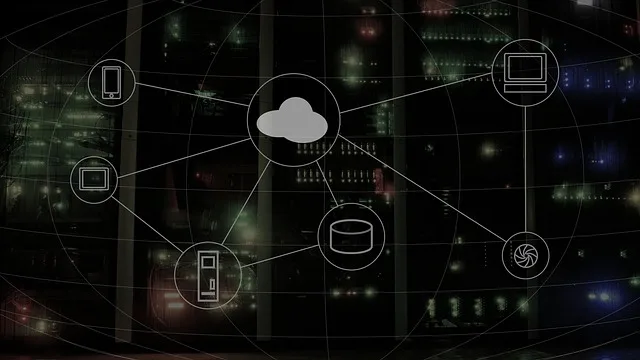
Types of cloud computing Services
Cloud computing technology is becoming increasingly popular in businesses of all sizes. It allows them to access resources and applications from anywhere, at any point.
There are three main types of cloud computing services: infrastructure as a service (IaaS), platform as a service (PaaS), and software as a service (SaaS). LaaS provides physical resources such as computers, networks, and storage. PaaS allocates necessary tools to develop applications without worrying about maintenance or infrastructure. Lastly, SaaS supplies ready-made applications that are available over the Internet.
Each cloud computing service type has its advantages and disadvantages depending on the business needs. As a result, businesses can make more informed decisions while selecting which cloud computing services to opt for.
SaaS
Software as a Service (SaaS) is a delivery model for software applications whereby users access them over the Internet instead of installing them on their computers. Due to this, it becomes easier and more convenient for users since they don’t have to manage the complexities of hardware and software. With software-as-a-service (SaaS) solutions, users don’t need to invest in software or hardware or waste time on maintenance & upgrades. All that is required is a reliable internet connection, and then the app can be readily accessed – like Microsoft Office 365 & Google Apps, etc.
- Automatic handling of Software upgrades
- APIs enable various kinds of software to communicate with each other
- Access to commercial software via the Internet
- Software delivered in a user-to-many model
- Readily available support at each company
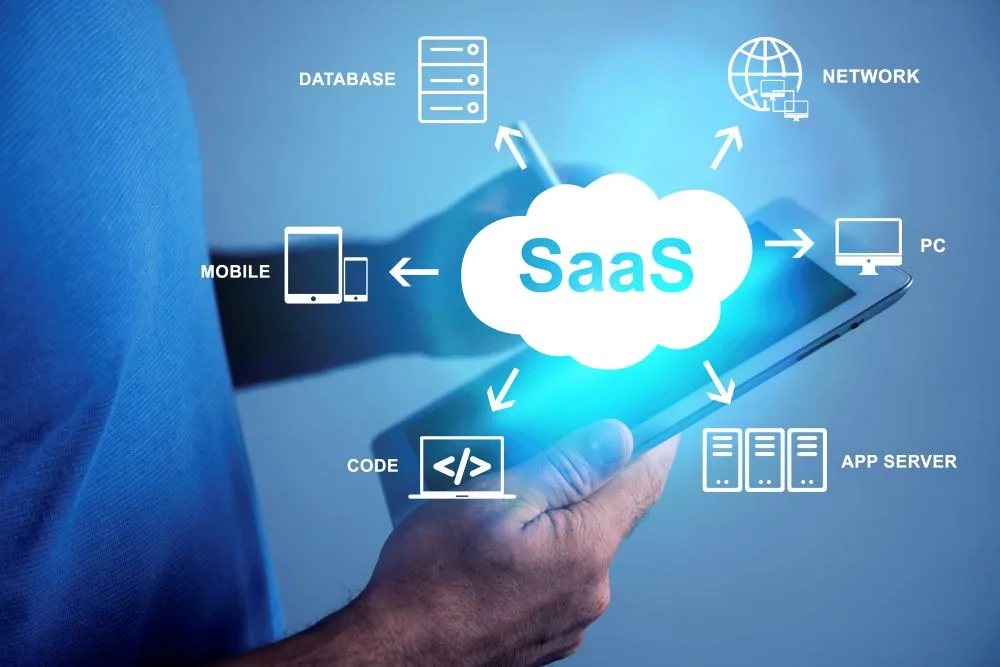
PaaS
Platform as a Service (PaaS) offers the ability to create, deploy and run applications on the provider’s infrastructure. The development environment is available in PaaS, so users can code their software and deploy it with relative ease. It offers customers greater freedom to manage their applications. Product as a service provider gives a predefined composition of operating systems and application servers to obtain the management capacity of the applications. Consider, for instance, LAMP, Ruby, J2EE, etc.
- Web-based user interface creation tools help you create and test different UI scenarios, modify them if necessary, and deploy the best version.
- A robust support structure for the development team.
- Integration with web services and databases through standard protocols.
- The deployed software will handle load balancing and failover automatically.
IaaS
Many computing resources, from storage and networks to operating systems and hardware, can be provided on demand through an IaaS. IaaS users access the services via a broad area network, such as the Internet. For example, they can create virtual machines by logging in to the IaaS platform.
- Resources are allocated in the form of a service
- Multiple users can use the same piece of hardware
- Can be priced according to variable utility pricing models
Big-Data-as-a-Service (BDaaS)
Big Data as a Service is a cloud-based structure that supplies big data solutions to companies. It combines Hadoop as a Service (HDaaS), Data-as-a-Service (DaaS), and Data Analytics as a Service (DAAS). The rapid growth of data is one of the primary drivers in this market, with global Big Data as a Service (BDaaS) revenue estimated to grow from USD 11.3 billion in 2019 to USD 42.7 billion by 2024. It has submarkets as below:
- Data-as-a-Service (DaaS)
- Data Analytics-as-a-Service (DAaaS)
- Hadoop-as-a-Service (HaaS/HDaaS)
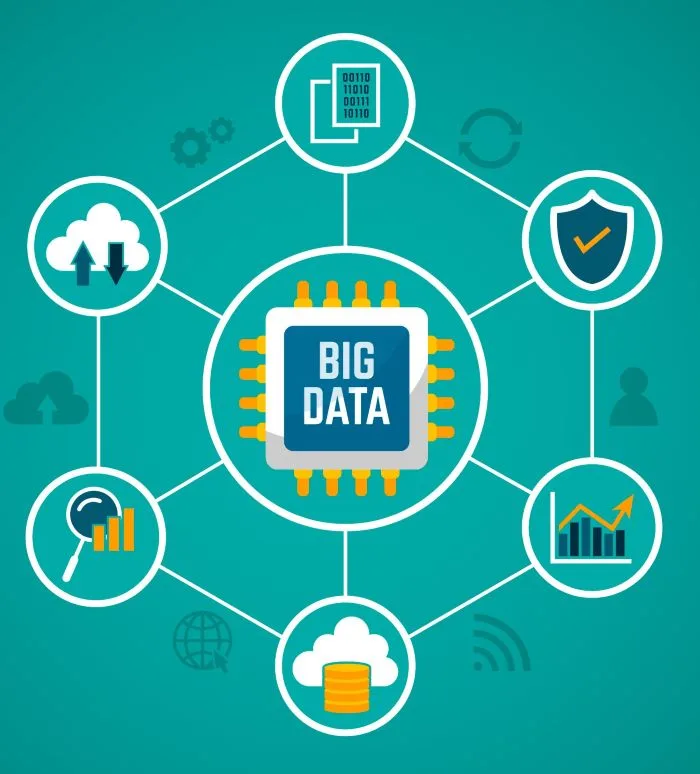
Data-as-a-Service (DaaS)
DaaS, the identical twin of SaaS, helps businesses and marketers use quality data in their marketing campaigns as SaaS dominates the technology world with innovative products. It gives real-time customer and market data. DaaS combines data monitoring, data retrieval, enterprise resource planning, and customer relationship management to provide access to data from heterogeneous sources. Refer to its below advantages:
- Information migration from one platform to the other
- Data integrity protection using access control measures
- Universally approachable
- Effortless management
Data Analytics-as-a-Service (DAaaS)
Analytics as a Service (DAaaS), a cloud-based delivery model, offers extensible analytical tools. This service provides a range of analysis methods to investigate diverse data sets. Enterprise data is uploaded to the cloud, and the application of machine learning algorithms produces the analyzed data essential for businesses. Furthermore, DAaaS merges the two trends – Big Data and Cloud. It is an approach to an extensible platform that provides cloud-based analytics and encompasses various operations, from data procurement to use visualizations and reporting.
Analytics as a Service allows individualized access to information data sets for knowledge workers, allowing them to investigate the information interactively and acquire a more profound understanding. The great benefit of DAaaS is that it makes it easier to access more advanced analytical abilities without requiring the user to put in a lot of time and effort to set up an internal system and hire people to work on the project.
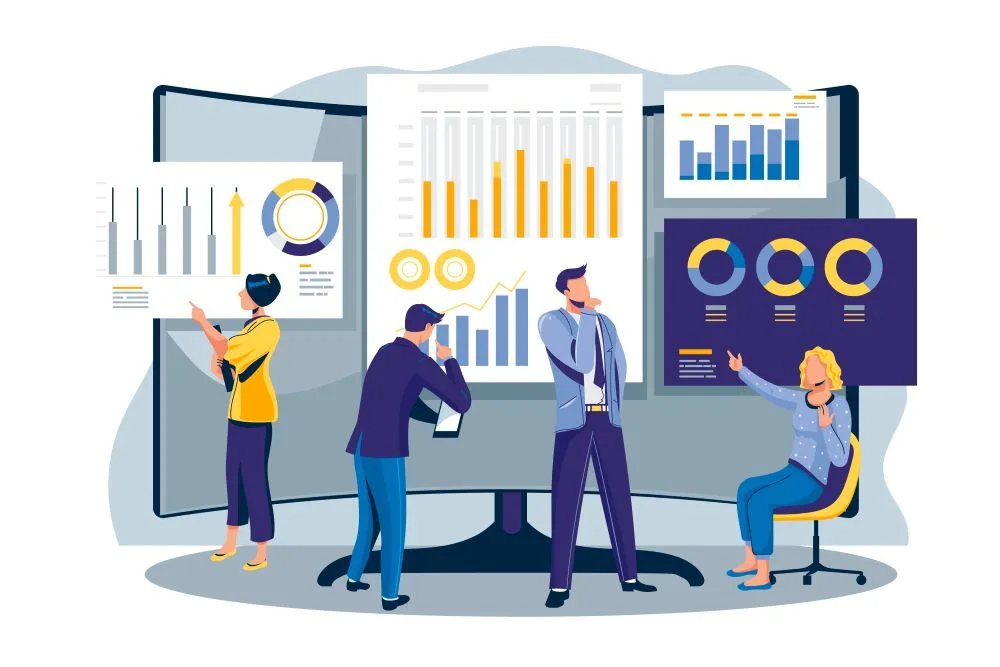
If you are curious to know about a few popular business models, read our article on the top 3 Business models to watch out for.
Hadoop-as-a-Service (HaaS/HDaaS)
Several big data projects employ this technique. It enables file sharing, data storage, and analytics, making it a data processing system. Many big giants like Yahoo and Facebook heavily rely on Hadoop. Some HaaS companies provide Hadoop as a fully baked application. In most cases, it’s their version of Hadoop that closely follows the original Apache Hadoop version. HaaS has multiple benefits:
- Zero requirements of having a system admin
- Designed to initiate quickly
- No need for infrastructure or hardware
- A support team is readily available at each company
Security-as-a-Service (SECaaS)
Generally, people surf the web through unsecured access and face digital attacks. SECaaS prevents these cyber threats by managing security aspects. It is an anti-virus program that protects the integrity, confidentiality, and availability of the information. Companies and businesses can achieve their targets within the timeline, thanks to the shielding offered by SECaaS. It includes functions such as:
- Elevated security
- Timely updates of different types of viruses
- Quick provisioning of end-users
- Reduced protection costs due to the usage of cloud-based security

Multiple companies, like Cisco, McAfee, etc., offer service products. This market consists of remote vulnerability assessment, Access Management (IAM), and security management. Read our article on how to explore cybersecurity modes and classes to know different types of digital attacks.
Testing-as-a-Service (TaaS)
TaaS is a type of cloud computing that involves testing the business activities of an organization. It is an outsourcing structure that deploys the third party to replicate the testing conditions according to customer requirements. It may also employ experts to support employees or outsource the testing facility to a good service provider. It identifies new opportunities, future challenges, requirement analysis, and standards. Application requirement goes to the cloud with the help of four elements: individuals, infrastructure, compliance, and process.
Database-as-a-Service (DBaaS)
In cloud computing, database-as-a-service (DBaaS) enables users to access databases without installing software, setting up hardware, or configuring performance. DBaas charges customers based on the features they utilize, the capacities they consume, and the database administration tools they utilize. DBaas’ database manager module controls all underlying databases via an API. Users have access to the API through a management console – A web application that they can use to manage and configure databases and even to provision and de-provision databases. A cloud-based data tier has become increasingly vital as DBaaS markets are projected to reach $42.7 billion by 2027.
Business-Process-as-a-Service (BPaaS)
BPaaS is a business process, such as payroll, onboarding, marketing, etc., that is available on PCs, smart devices, and phones. Some of the open platforms include Google Adsense and IBM blue works live. It reduces expenses by helping customers and companies in adapting the latest business updates. The BPaaS market is expected to reach $128.9 Bn by 2030.
Information-as-a-Service (INaaS)
Information as a Service (INaaS) facilitates the creation, management, exchange, and extraction of meaningful information that can be made from all available data at the right time and in the precise format. Businesses mash up or combine data from many sources into a single application. No matter where or how data is collected, it is a mechanism through which information can be transformed into actionable business insights.
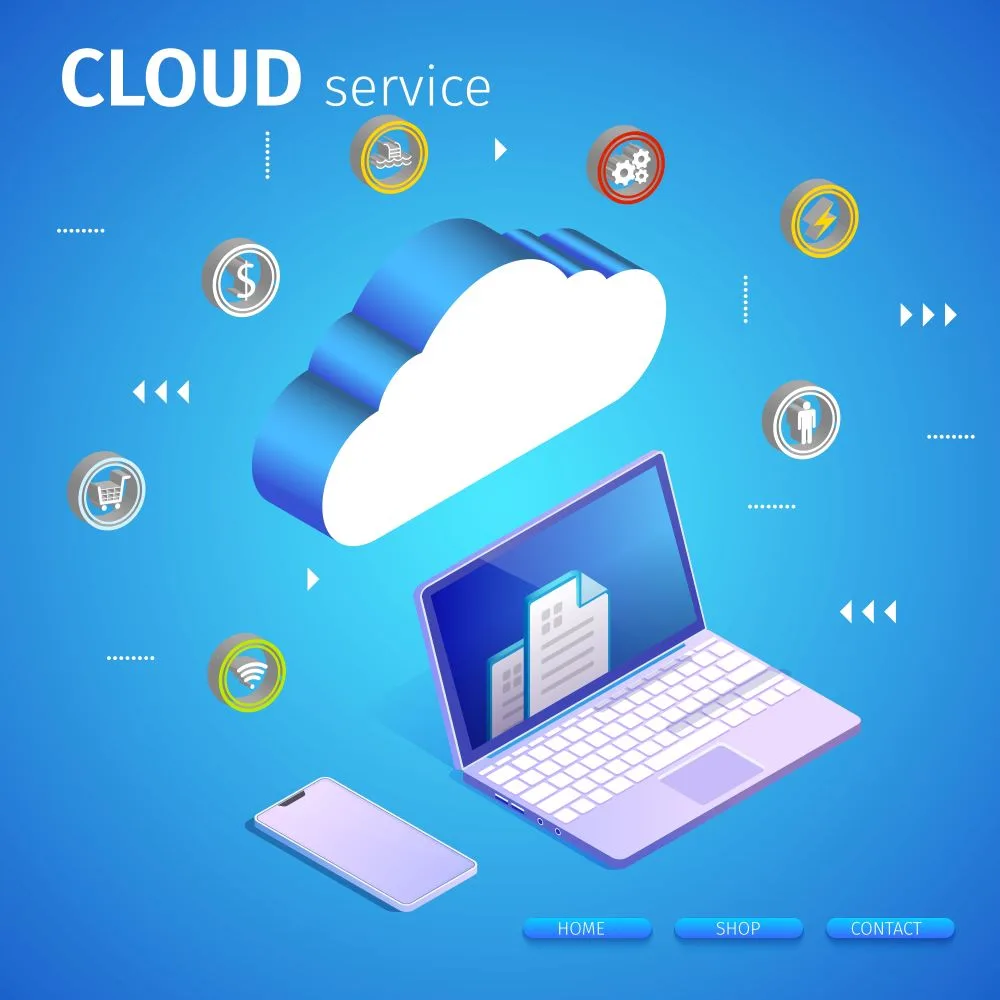
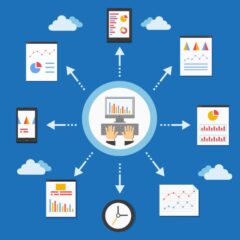


[…] and sharing data with other machines through the network. It stores large amounts of data in the cloud computing […]
[…] Nowadays, cloud services are being adopted by numerous companies. Though cloud solutions are constantly developing, they also pose security concerns. Policy controls and the cloud should evolve at a faster rate to protect all the crucial data. Banks heavily rely on cloud computing. […]
[…] semiconductor facts is crucial for companies to sustain the age of 5G, AI, cloud computing, electric vehicles, and IoT. This industry is the foundation of modern electronics. Whether […]
[…] technologies like edge computing, cloud computing, and machine learning allow physical things to collect and share data without relying on humans. […]
[…] For huge data storage and handling, businesses can use cloud-based services that access storage, computing power, and software without investing in physical hardware. Read more at 9 types of Cloud Computing Services to watch out for. […]